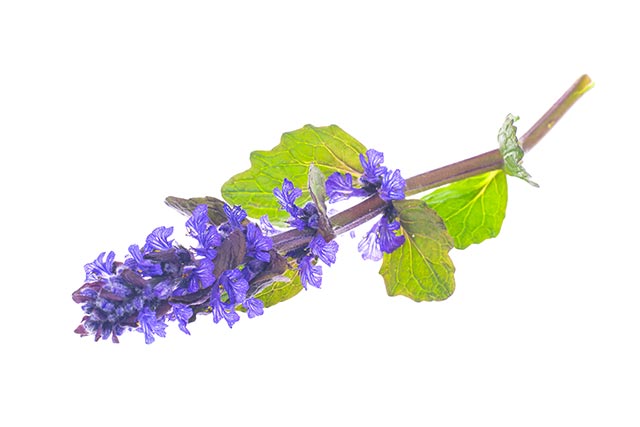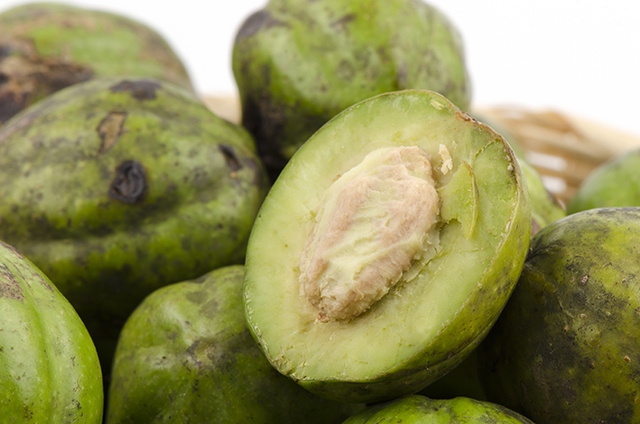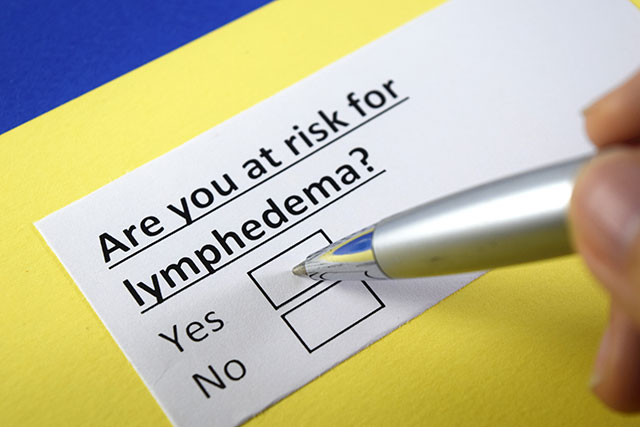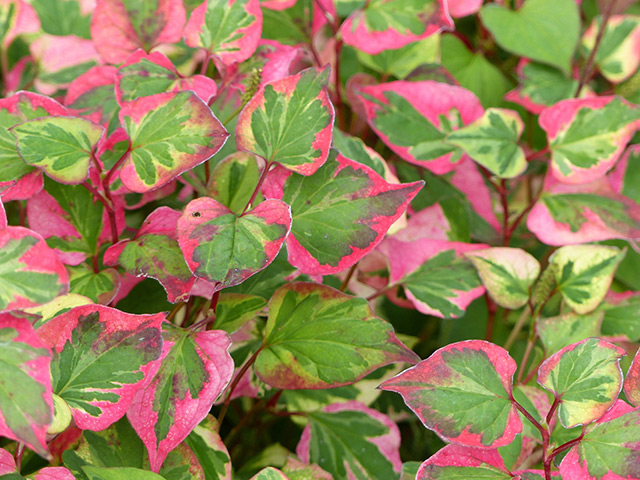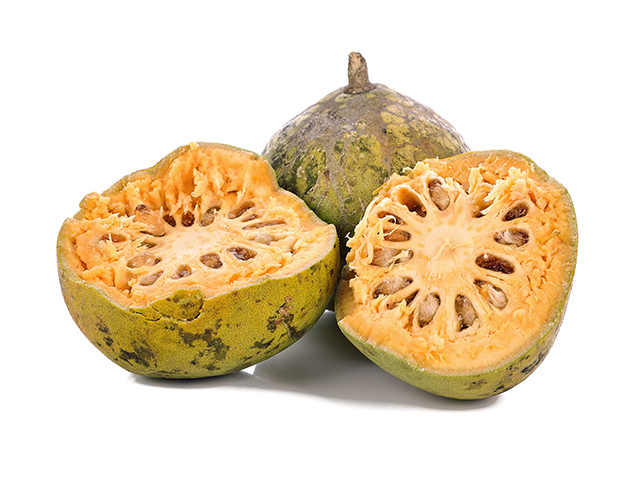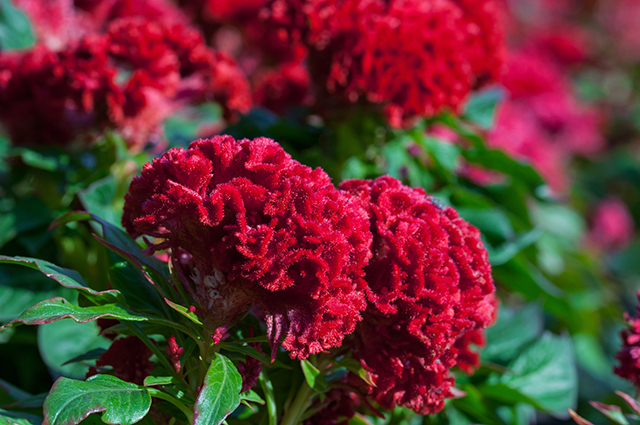Prevent asthma by cleaning less: Increased exposure to allergens and pet dander actually reduces risk
09/21/2017 / By Frances Bloomfield
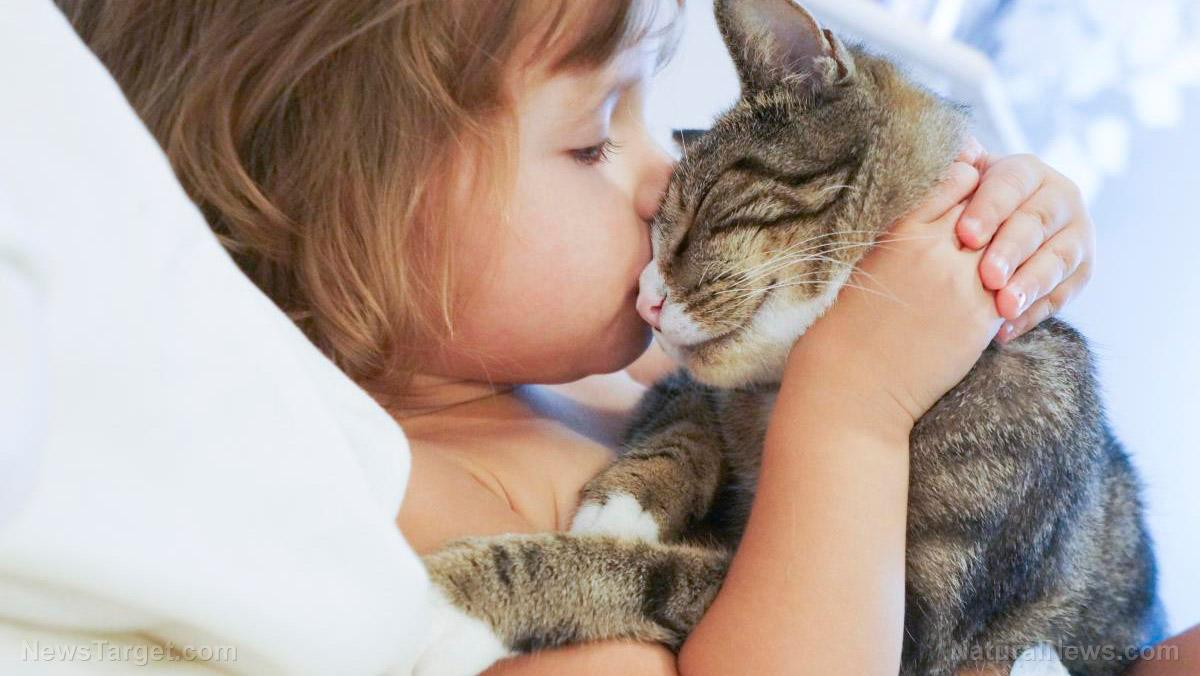
According to new research, exposing infants to high levels of pet and pest allergens can greatly lower their risk of developing asthma by the age of seven. These findings were made by the researchers behind the ongoing Urban Environment and Childhood Asthma (URECA) study, which looks into the risk factors of asthma among urban children.
Beginning in 2005, the investigators enrolled 560 newborns from St. Louis, New York City, Boston, and Baltimore into the study URECA (pronounced “Eureka”). Each of these infants — whom the investigators were following since birth — were at high risk of asthma due to one or both of their parents having asthma or allergies. The most recent report to have come from URECA evaluated the asthma status of children who had already reached seven years of age, of which there were 442.
Of the 442 children, 130 or 29 percent had asthma. The researchers collected allergen samples from the children’s homes during three different points of time: when the children hit three months old, two years old, then three years old. They noticed that the children who had been exposed to greater concentrations of cat, mouse, and cockroach allergens during their first three years of life were less likely to develop asthma. Though dog allergens had a similar association, they noted that the statistic significance was largely up to chance.
The researchers believe that the correlation between asthma and pet allergens may be due to exposure to certain types of bacteria. A previous URECA report found that children exposed to house dust microbiota in their first year of life decreased their risk of recurrent wheezing by their third year. (Related: Hit the dirt: An ultra-clean house may be bad for your child.)
“Our observations imply that exposure to a broad variety of indoor allergens, bacteria and bacterial products early in life may reduce the risk of developing asthma. Additional research may help us identify specific targets for asthma prevention strategies,” said lead URECA investigator Dr. James E. Gern.
The Hygiene Hypothesis in action
As this study and numerous others have shown us, there’s such a thing as keeping a child’s environment too clean. In fact, the link connecting the cleanliness of a child’s environment to their health later in life has given rise to the “Hygiene Hypothesis”.
First introduced in the late 1980s by American immunologist David P. Strachan, the Hygiene Hypothesis was based on Strachan’s observation of decreased instances of hay fever among children belonging to larger households. The reason behind this is that these children were subjected to germs from their older siblings, leading Strachan to suggest that an person’s susceptibility to disease was heightened by their lack of exposure to dirt- and germ-filled environments.
Why this happens is simple: According to LiveScience.com, babies inside of the womb have weak immune systems due to their mothers’ antibodies doing all of the protecting for them. Once outside of the women, their immune systems need to start working for themselves; but in order for the immune systems to do this, they need to be “trained” and strengthened.
German health researcher Dr. Erika von Mutius hypothesized that lack of exposure not only harms the immune system of a child but even makes them more vulnerable to allergies. According to von Mutius, there are two types of biological defenses. If one of the defenses is unable to fight off an illness, then the other defense system doubles its efforts, leading to an allergic reaction that could be caused by something as innocuous as pollen.
What this all means is that parents should strike a balance between exposure and cleanliness for their children’s health. After all, microbes like salmonella thrive in filthy environments, making it all the more essential to regularly disinfect various surfaces around one’s own home. This can be worked around by encouraging children to get dirty by playing outside and/or playing with animals.
For more stories that cover topics similar to this, go to HealingArts.news today.
Sources include:
Tagged Under: allergens, asthma, childhood asthma, childhood diseases, cleaning, dirt, health, household dust, immune system





